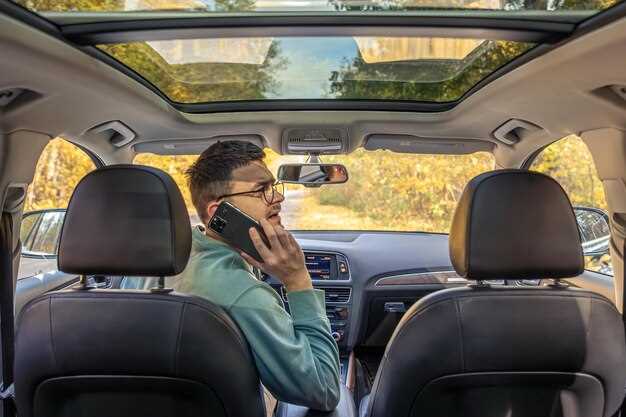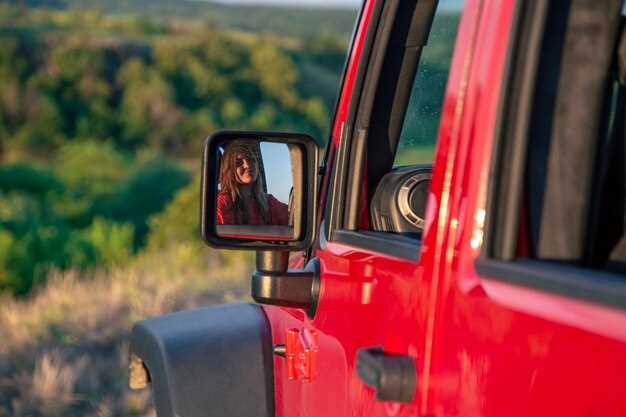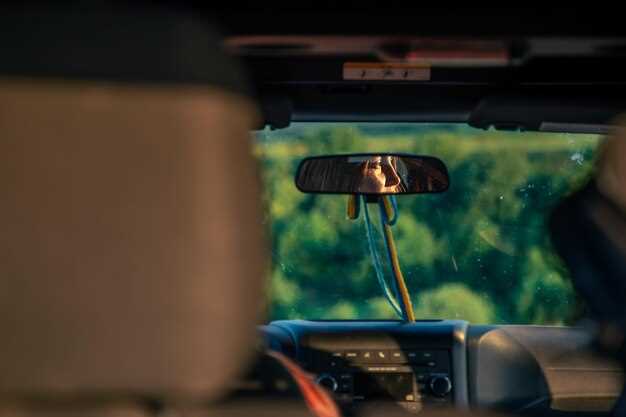
In today’s world, technology has revolutionized how we navigate and operate our vehicles. One of the most significant advancements is the backup camera, which enhances safety by providing a clear view of what’s behind your vehicle. For Jeep owners, integrating this tech into your beloved off-road machine can elevate your driving experience, providing peace of mind when reversing and parking.
Installing a backup camera on your Jeep not only improves safety but also adds a modern touch to your rugged ride. With various options available, from OEM kits to aftermarket solutions, selecting the right backup camera can seem overwhelming. This guide aims to simplify that process, providing step-by-step instructions to ensure a seamless installation, regardless of your technical expertise.
By the end of this article, you’ll be equipped with the knowledge necessary to successfully install a backup camera on your Jeep, allowing you to enjoy the benefits of this essential tech. Whether you’re navigating tight trails or crowded parking lots, having a backup camera will enhance your overall driving experience and keep you and your passengers safe.
Choosing the Right Backup Camera for Your Jeep Model
Selecting the appropriate backup camera for your Jeep model involves understanding the specific features that enhance your driving experience. Each Jeep model has its own dimensions and installation requirements, making it essential to choose a camera that fits seamlessly.
First, consider the resolution of the backup camera. Higher resolution cameras provide clearer images, which is crucial when reversing in tight spaces or low-light conditions. Look for a model that offers at least 720p resolution to ensure adequate visibility.
Next, evaluate the field of view. A wider angle allows you to see more of your surroundings, reducing blind spots. Typically, a backup camera with a field of view between 120 to 180 degrees is recommended for optimal safety.
Check the compatibility of the camera with your existing tech–such as your Jeep’s infotainment system. Some cameras are designed to integrate directly with factory displays, while others may require additional adapters or modifications.
Additionally, consider the type of camera. Wired cameras often provide more reliable connections and better image quality, but wireless options can simplify installation. Assess your comfort level with installation to decide which type suits your needs best.
Finally, durability is key for a backup camera used in off-road conditions. Choose a model that is weatherproof and built to withstand the rugged environment in which Jeep owners often operate.
Step-by-Step Installation Process for Your Backup Camera

Installing a backup camera on your Jeep enhances safety while providing advanced tech features for modern driving. Follow these steps to install your backup camera efficiently.
Step 1: Gather Your Tools and Equipment
Before starting, collect necessary tools such as a screwdriver, wire strippers, a drill with bits, and zip ties. Also, ensure you have the backup camera kit, including any necessary wiring and a monitor or display screen.
Step 2: Choose the Camera Location
Decide on the ideal location for your backup camera. Commonly, it is mounted above the license plate or integrated into the rear bumper. Ensure that the camera has a clear view of the area behind your Jeep without obstructions.
Step 3: Mount the Camera
Using a drill, create holes for the camera mount if necessary. Securely attach the camera using screws and ensure it is positioned correctly to avoid visual distortion when reversing. Check the angle to confirm that it provides a comprehensive view of the rear area.
Step 4: Run the Wiring
Carefully route the camera’s power and video cables through the Jeep. Avoid sharp edges and moving parts. If you’re using a wireless system, ensure to follow the specific instructions provided in the kit for proper function.
Step 5: Connect the Power Source
Locate your Jeep’s reverse light wires, typically found in the tailgate area. Use wire strippers to prepare the ends of the camera’s power wire and connect it to the reverse light. This ensures that the camera activates when you engage the reverse gear.
Step 6: Connect the Video Output
Connect the video cable from the camera to the monitor or display screen inside your Jeep. Follow the manufacturer’s instructions for the best connection method–some options may include direct wiring while others use a dedicated screen plug-in.
Step 7: Test the System
Once all connections are secured, turn on your vehicle and shift into reverse. Check the monitor to confirm that the backup camera displays the view accurately. Adjust the camera angle if necessary for optimal viewing.
Step 8: Secure and Tidy Up
After confirming the camera works properly, use zip ties to secure any loose wires and prevent them from moving or being damaged. Reassemble any panels or components removed during the installation process.
Following these steps will equip your Jeep with a functional backup camera, enhancing your safety and making parking maneuvers easier with the help of modern tech.
Connecting and Testing Your Jeep’s Backup Camera System

After physically installing the backup camera on your Jeep, the next critical step is connecting the system properly. First, locate the wiring harness that comes with your backup camera. This harness typically includes power, video, and ground wires. Connect the positive power wire to the reverse light circuit of your Jeep. This will ensure the camera activates when you shift into reverse.
Next, connect the ground wire to a reliable grounding point on the Jeep’s chassis. This is vital for the camera to function correctly without electrical interference. Following that, connect the video output wire from the camera to the display unit or monitor inside your Jeep. This connection can be done using RCA connectors or a dedicated plug, depending on the type of camera system you have.
Once all connections are made, it’s time to test the backup camera system. Start your Jeep and shift into reverse. The monitor should automatically display the camera feed. Check for a clear and wide view behind you, ensuring there are no obstructions or misalignments. If the image is fuzzy or distorted, double-check the wiring connections and ensure the camera lens is clean.
Additionally, consider testing the camera under different lighting conditions to confirm it functions well during low-light situations. If your Jeep has additional features like guidelines or a grid overlay, ensure they are properly displayed during the test. If everything appears to be working as intended, your backup camera system is successfully connected and ready for safe driving.




